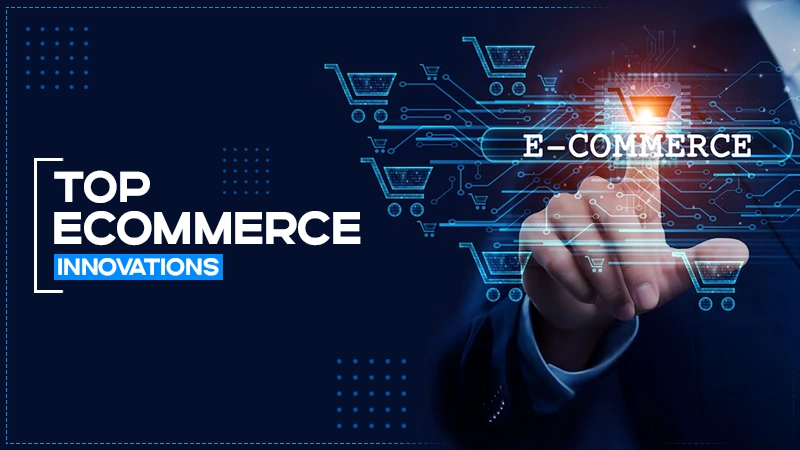Complete Details you Need to Know About Edge Computing
In the past few years, there is increased connectivity between devices and especially data centres, with technologies like the Internet of Things (IoT) flourishing in the market. And these interconnected smart devices have started generating high volumes of data, analysing this data and extracting actionable insights from it faster, has become critical. To a great extent, edge computing is altering how data is processed and how data-driven results are being delivered. This technology is also being leveraged by companies providing software and web development services.
What is Edge Computing?
Edge computing can be defined as a way of processing data being generated at the edge of a given network in real-time. Edge computing, at its core, takes computation and data storage closer to the devices that collect the data, rather than relying on a central location that may be thousands of miles away.
How is Edge Computing Different from Cloud Computing?
It is important to remember that while edge computing may seem similar to cloud computing, these technologies are not interchangeable.
While edge computing brings computing closer to the data sources, devices and users, by placing computing at the edge of the network. Cloud computing collects data from different locations and moves it to the cloud, wherein the computing is centralized.
In remote locations, edge computing is utilized over cloud computing as in these areas there is negligible or no connectivity at all to a central location. As edge computing allows these remote areas to get access to local storage, it is the ideal solution in this scenario.
Cloud computing can help process data that is not time-sensitive, while edge computing deals with such data.
The decision-making process is delayed when cloud computing is in the picture as it takes more time to relay the data to a centralized location. These delays can lead to major losses for businesses, which thereby choose edge computing to overcloud.
Edge computing is much more secure than cloud computing as the data is not moved to a central location.
Cloud computing, however, is cheaper than edge computing as all the data is moved to a central location and where it gets processed at scale.
Advantages:
1. Reduces Data Transfer Costs: The cost of transferring data to a centralized location can be concerning for organizations, edge computing can help reduce these costs by enabling organizations to filter out data that is useful from the device or data source itself. In this way, organizations will be left only with useful data and will not have to spend a lot on storage or cloud computing. As edge devices do not have to send data through a network, it significantly reduces response times and allows businesses to make decisions faster. Companies will only deal with essential data as the edge devices will filter out the not-so-useful information.
2. Paves the Way for IoT Innovations: IoT technology-enabled self-driving cars, surgical robots, and drones- where the data being processed is critical and a life or death matter can be backed by edge computing as this technology collects, analyses, and gives the appropriate responses to the evaluated data in real-time with very less latency. Without depending on a cloud centre, edge devices can manage all the requests made by these IoT systems. Edge computing can be beneficial for organizations building real-time applications, for instance, the facial recognition feature in today’s smartphones would not have been so quick to respond without edge computing. If your facial data was not processed at the device level and was sent to a cloud centre first, it would take a lot of time for you to unlock your phone.
3. Independent Systems: Edge systems are intelligent and independent, as they do not depend on human problem solving or network connectivity to solve any issue. Therefore, more businesses find the edge data infrastructure appealing in comparison to the cloud architecture. Edge computing automatically identifies errors and helps organizations to run smoothly by introducing automation in various areas of operation.
Disadvantages:
1. Difficult to Implement: Though edge computing has been highly beneficial in localizing storage and data processing opportunities, however, it can be difficult to implement. Edge computing requires human, technical as well as financial resources to function. There is a need for skilled IT professionals who can both implement and monitor the local edge devices. Not many IT professions would be willing to develop edge network models in rural or remote areas. As a result, these areas will not be able to reap the benefits of edge computing. The exponential growth of edge computing may create disparities between urban and rural settings. Remote areas will not be able to access related technologies like IoT and AI.
2. Loss of Data: On edge devices, data that is deemed useless is discarded after data processing and never reaches cloud centres for storage. The risk with this feature is that user data might be judged by the edge devices as useless and once discarded organizations may not be able to access this lost data. While in cloud computing all the data is stored and this reassures us that the data is still accessible whenever we need it. Though edge computing saves storage space and resources, edge devices can misinterpret data and you may lose critical data because of this flaw.
3. Tough to Manage: Despite the advantages of getting a centrally oriented system of local infrastructure, managing edge solutions remains the most difficult issue for organizations. Although these systems are now based on local infrastructure, they must also be able to be operated centrally to ensure that all devices are functioning properly.
With the emergence of technologies like 5G, edge computing is not going away soon.
Any industry which requires data processing in real-time can easily benefit from edge computing. Though experts believe that the manufacturing industry will get the most out of edge computing, other industries like logistics and supply chain management, healthcare, and agriculture can effectively leverage this technology. With edge computing in the picture, cloud solutions will become decentralized and resilient.
Follow Us
Latest Post














